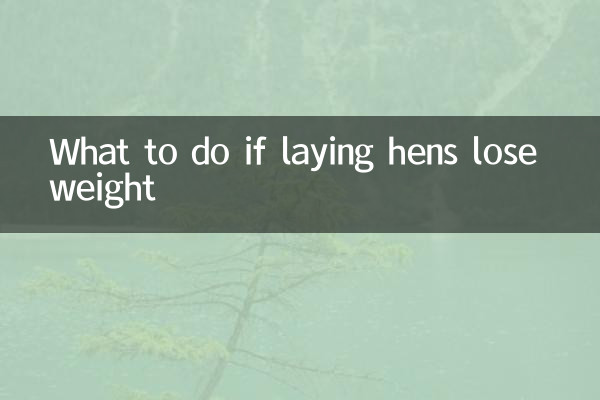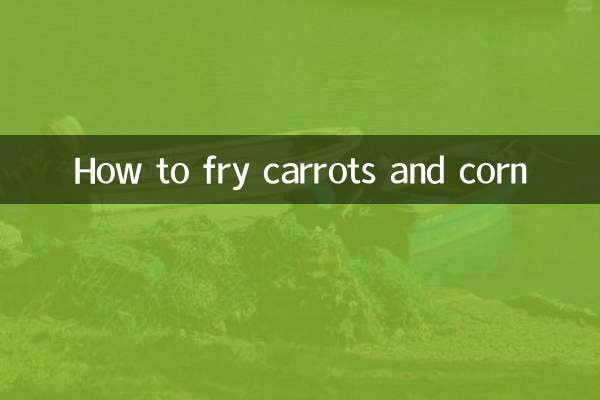What to do if laying hens are thin? Analyze the causes and scientific solutions
Recently, the issue of wasting in laying hens has become a hot topic in the breeding industry. Many farmers report that the weight of laying hens drops significantly during the laying period, which affects egg production rates and economic benefits. This article combines hot discussions across the Internet in the past 10 days to analyze the causes of weight loss in laying hens and provide structured data and solutions.
1. Common causes of weight loss in laying hens

| Reason Category | Specific performance | Proportion (discussion data of the entire network) |
|---|---|---|
| Undernutrition | Unreasonable feed ratio and decreased feed intake | 35% |
| disease factors | Parasitic infections, digestive tract diseases | 28% |
| management issues | Excessive density and poor ventilation | 22% |
| stress response | Environmental mutations, vaccination | 15% |
2. Ranking of popular solutions (data in the past 10 days)
| solution | Implementation points | Effect satisfaction |
|---|---|---|
| Adjust feed formula | Increase protein (18-20%), add vegetable oil | 89% |
| Deworming health program | Albendazole deworming once a month | 76% |
| environmental improvement | ≤6 per square meter, ammonia concentration <15ppm | 82% |
| Add probiotics | Bacillus subtilis + yeast compound preparation | 91% |
3. Complete response plan suggested by experts
1.Nutritional management: Using the "three-stage feeding method", the metabolic energy of the feed during the peak period of egg production is not less than 2650kcal/kg, and the calcium content is 3.5-4%.
2.health monitoring: Weekly weighing and spot checks are required. Immediate intervention is required if the weight loss exceeds 5%. It is recommended to use an electronic weighing system (error ±2g).
3.Disease prevention and control: Focus on preventing taeniasis (white proglottids are found in stool examination) and necrotizing enteritis (bleeding of the intestinal wall is found on autopsy).
4. Practical cases of farmers
| Case area | Original average weight | Improvement measures | Effect after 30 days |
|---|---|---|---|
| Linyi, Shandong | 1.45kg | Add 2% soybean oil + complex enzyme to feed | Gain 17% weight |
| Zhoukou, Henan | 1.32kg | Deworming + Vitamin B12 injection | Gain 23% weight |
5. Special precautions
• No use of prohibited weight gainers (such as ractopamine)
• Additional 0.3% baking soda is required during the high temperature period in summer
• Regularly test the E. coli content in water sources (should be <50CFU/ml)
It can be seen from the above structured data that comprehensive prevention and control measures are required for the wasting problem of laying hens. It is recommended that farmers establish complete growth curve files and develop personalized plans based on the actual situation of the field. If further diagnosis is required, contact the local livestock station for laboratory testing.

check the details

check the details